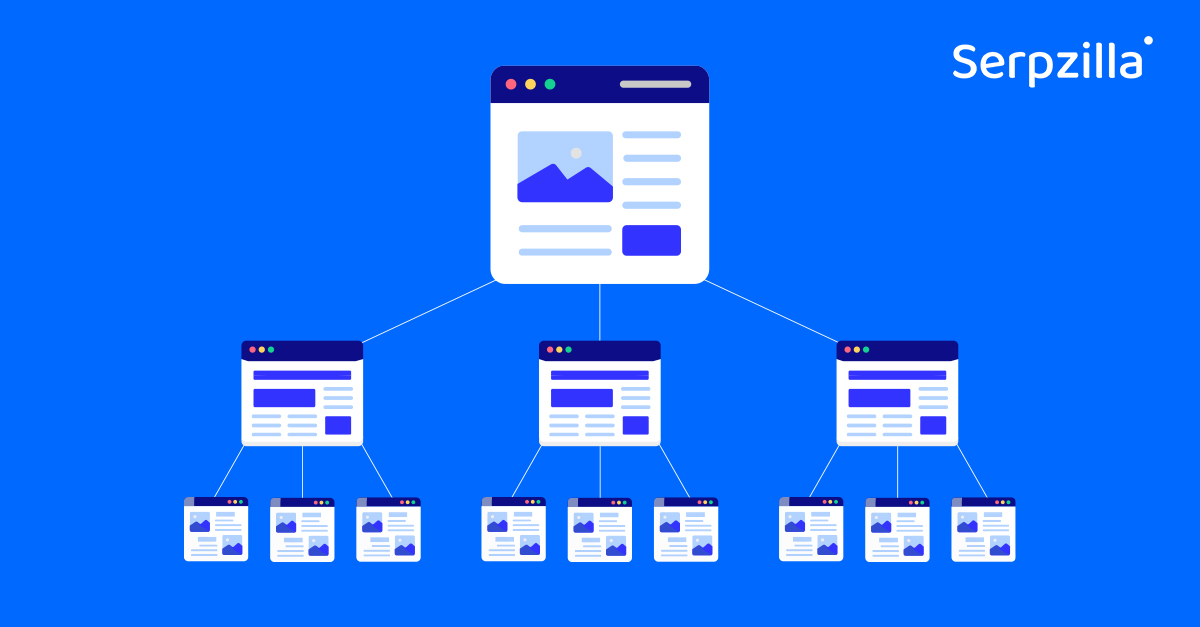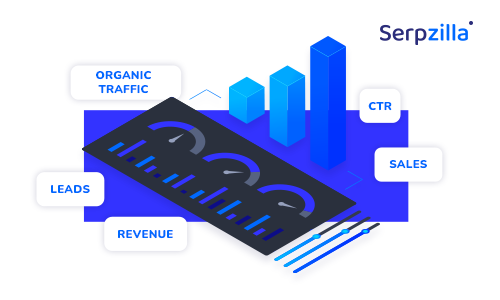According to Moz, it may take an average of 10 weeks for a new backlink to have a noticeable impact on rankings; you cannot ignore the importance of a consistent and long-term approach to link-building.
A backlink profile is a record of all the links from external sources pointing to your website, and plays a pivotal role in how search engines perceive and rank your site. It’s not just about having a multitude of links; the quality, context, and relevance of these links are equally crucial.
Australia Post got featured on Smashing Magazine in one of their listicle-styled blogs. It was used in a context and was highly relevant to the blog post (about design of the website). This is one of the prime examples of getting a relevant link as opposed to a random link on a completely different website.

Understanding Link Relevance
Businesses need to understand and use relevant links to reap in multiple benefits such as increase in the site traffic and higher rankings on SERPs. For this, they need to understand a few key metrics, like:
- Link Relevance: The degree of contextual and thematic alignment between a website and the source of the backlink. E.g. A design website writes about design tools and mentions Figma in it.
- Thematic Alignment: Measures the relatedness of content between the linking and linked pages. E.g. Nike receiving a link from a fitness blog discussing their latest athletic gear.
- Authority of Link Domain: Reflects the credibility and trustworthiness of the linking domain. E.g. Wikipedia linking to a well-researched article on a scientific website.
- Page Relevance: Evaluates the alignment of content on the linking page with the content on the linked page. E.g. Apple’s homepage linking to a specific product page for the latest iPhone model.
- Anchor Text: Refers to the text used in the hyperlink, providing context for the linked content. E.g. A link with the anchor text “best smartphones of 2024” leading to a tech review site’s article on top-performing phones.
- Link Placement: Considers where the link is positioned within the content, impacting perceived relevance. E.g. A travel blog placing a link to a hotel’s booking page within a relevant and engaging travel destination article.
- Link Diversity: Examines the variety of sources linking to a site, promoting a diverse link profile. E.g. A fashion brand receiving backlinks from various sources, including fashion magazines, lifestyle blogs, and social media influencers.
- Reciprocal Links: Indicates a mutual linking relationship between your site and others. E.g. Two software companies partnering and mutually linking to each other’s resources pages to enhance their offerings.
- Social Signals: Involves social media shares and engagement, reflecting content popularity and relevance. E.g.Starbucks receiving numerous shares and engagement on social media platforms for a post linking to a new coffee blend.
- Freshness of Content: Considers whether the linked content is current and relevant at the time of the link. E.g. A news website providing a link to breaking news, ensuring the content is current and relevant to the latest events.
The Importance of Link Relevance in SEO
Building backlinks without having relevance can be detrimental to a website. Here’s why:
1. Google and other search engines now aim to give users the most relevant and useful results. When the link is from a source that is in-sync with the original website, it is given more preference.
2. Authoritative and credible sources enhance a website’s perceived credibility and authority. Search engines view links from reputable domains as an endorsement of the linked content’s reliability, contributing to higher rankings.
For instance, an article containing a backlink on Forbes or any reputed news websites are considered more authoritative and credible.
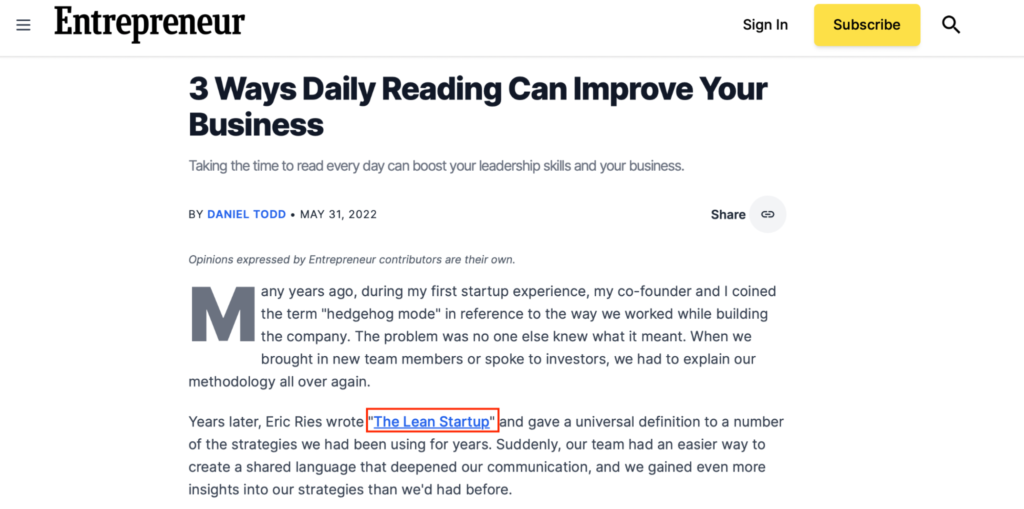
3. When users search for specific information, links from relevant sources increase the likelihood of meeting their expectations. This positively influences user satisfaction, a factor that search engines consider in determining rankings.
Upon searching for Yellowstone, which is a national park in the USA, Google search results feature the series of the same name. This is because the series is new and trending.
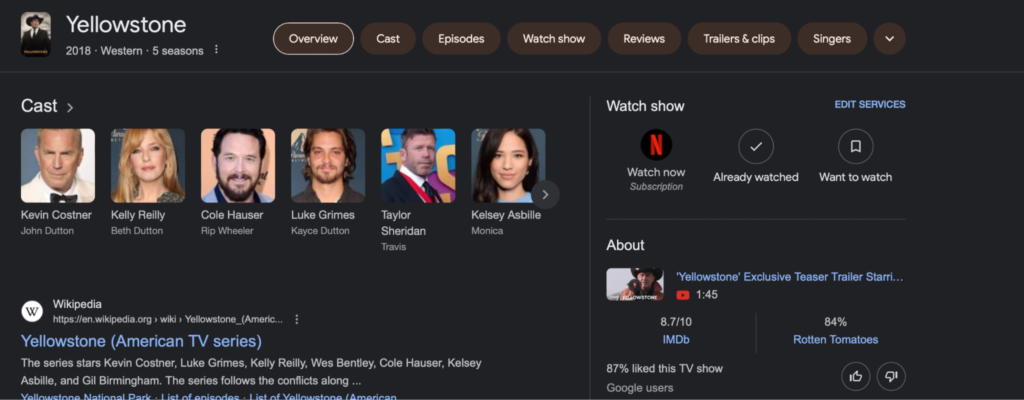
4. Building a backlink profile that emphasizes link relevancy contributes to a higher-quality link profile. Search engines assess the diversity and relevance of incoming links to gauge the overall quality of a website. A well-curated backlink profile is more likely to improve search engine rankings.

5. Irrelevant or low-quality links can lead to penalties from search engines. If a website is associated with spammy or unrelated backlinks, it may be penalized in terms of rankings.
When it started in 2005, WordPress hosted pages for a third-party company, and it included hidden links passing “link Juice” and authority to affect rankings. This is not the norm anymore and low-value links are penalized by search engines.
6. Users who are genuinely interested in the content tend to engage and interact with it. This in turn, leads to higher click-through rates. User engagement metrics therefore, is a key metric and can turn the tide in a website’s favor.
Factors Contributing to Link Relevance
There are many factors that are critical in proving link relevance:
- Context surrounding a hyperlink is crucial in assessing its significance to search engines. When scrutinizing a webpage, search engines analyze the text surrounding a link, including the paragraph it belongs to, headings, and the overall theme of the page. A link that seamlessly blends into the contextual flow of the content is considered more valuable, as it suggests a strong thematic alignment.
- The association between the source domain and the target domain (the linked website) is a key factor in determining link relevance. If both domains consistently produce content in similar niches or industries, the link is considered more relevant. For example, a link from a reputable tech blog to a software company’s website is more relevant than a link from a blog in an unrelated field, such as food.
- User behavior and metrics related to link engagement are considered by search engines as indicators of relevance and usefulness. Metrics like click-through rate, bounce rate, and time spent on the linked page are taken into account. A link that attracts frequent clicks and positively engages users contributes to its perceived relevance, while high bounce rates may signal a mismatch between the link and user expectations.
- The anchor text, which is the clickable text of a link, provides additional context about the linked content. Descriptive and keyword-rich anchor texts that align with the content of the linked page enhance the link’s relevance. Conversely, over-optimized anchor texts or generic phrases like “click here” may diminish the perceived relevance, as they provide less context about the linked content.
- The overall authority and trustworthiness of the website providing the link play a pivotal role in determining link relevance. A link from a reputable and authoritative site in a specific field is viewed as more relevant by search engines. For instance, a link from a well-known tech publication carries more weight in terms of relevance compared to a link from a lesser-known or lower-quality site in the same industry.
Pro Tip:Trust and citation flow are another way to build credibility for a website.
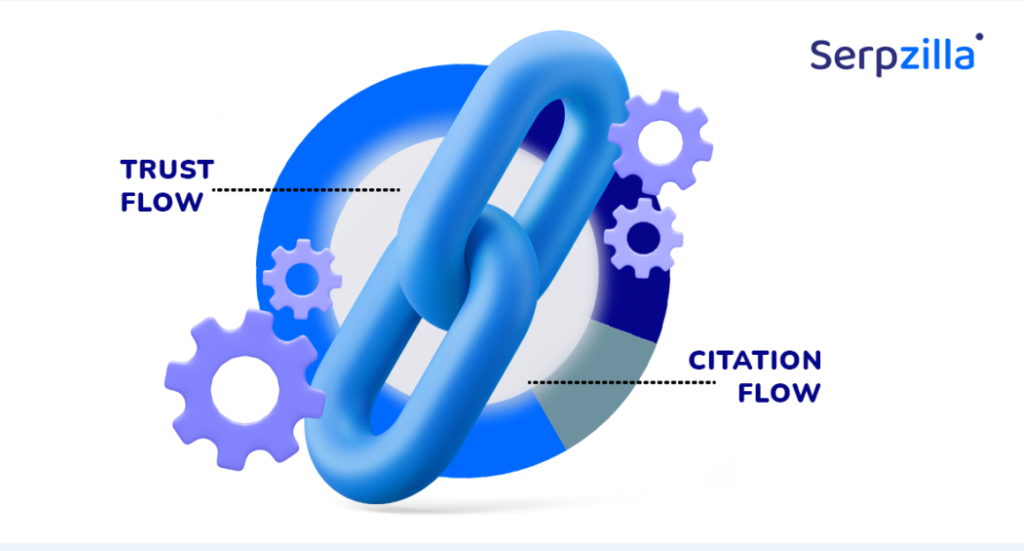
Strategies to Improve Link Relevance
While there are several strategies to enhance link relevance, in no particular order, these come in handy for all SEO professionals:
- Content Alignment: To enhance the relevance of links, it is crucial to establish a seamless connection between the content on the linking and linked pages. Both pages should demonstrate a clear thematic relationship, sharing similar topics or objectives. This alignment reinforces the link’s relevance in the eyes of search engines, making it more valuable for SEO purposes.
- Appropriate Anchor Text Usage: Foundational to link optimization is the use of descriptive and relevant anchor text. Instead of opting for generic phrases like “click here,” anchor texts should accurately reflect the content found on the linked page. This practice not only improves user experience but also helps search engines understand the context and relevance of the link.
- Quality Over Quantity Emphasis: Prioritizing a smaller number of high-quality, relevant links proves more advantageous than accumulating numerous low-quality, irrelevant links. Links with high relevance from authoritative and related sites can significantly outweigh the quantity of less significant links, both in terms of SEO impact and credibility.
- Building Relationships: Developing connections with authoritative and relevant sites within your niche creates opportunities for natural link-building. These relationships often result in links that are inherently relevant and mutually beneficial for both parties involved.
- Regular Link Audits: Conducting periodic audits of your link profile is essential to ensure that existing backlinks remain pertinent and beneficial. Identifying and addressing links that have become outdated, irrelevant, or potentially harmful helps maintain a healthy and effective link profile.
- Guest Blogging Engagement: Crafting guest posts for reputable industry sites facilitates the creation of relevant links in a natural context. This strategy also helps establish your expertise and authority within your niche.
- Leveraging Social Media: Social media platforms serve as valuable tools for sharing content and acquiring relevant backlinks organically. As content is shared and referenced across networks, it can lead to natural link-building opportunities that are highly relevant and authentic.
- Strategic Internal Linking: Effective internal linking is a pivotal strategy for enhancing link relevance within your domain. Guide visitors to related content within your site, creating a network of pertinent links that bolster the overall user experience and improve SEO effectiveness.
Checking The Relevance Of Backlinks
Evaluating the relevance of your backlinks is a vital step in maintaining a healthy SEO profile. Several tools can assist you in this process, each offering unique insights and metrics to assess your backlink profile’s quality and relevance.
1.Majestic SEO: Majestic provides a comprehensive suite of tools for analyzing backlinks. It offers metrics like Trust Flow and Citation Flow, which are crucial for understanding the quality and trustworthiness of your links. You can filter and sort links based on these metrics to determine their relevance to your site.
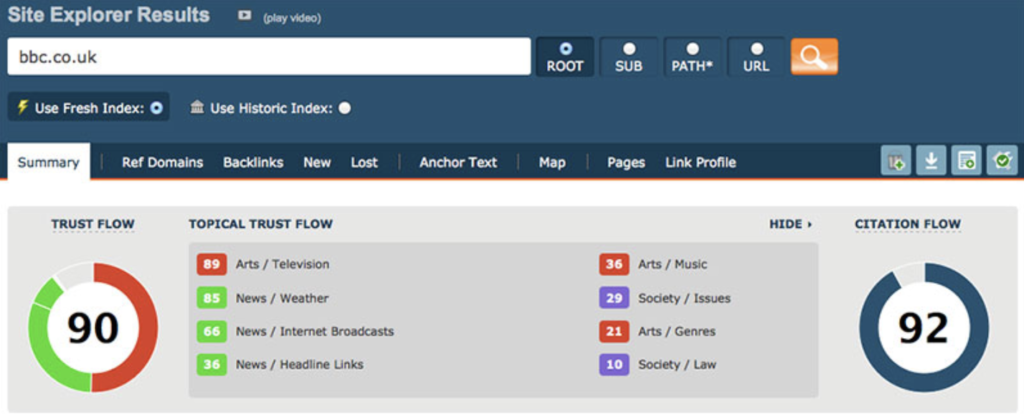
2. Ahrefs: Known for its extensive database, Ahrefs offers detailed backlink analysis, including the ability to see the anchor text used, the strength of the linking page, and the overall relevance of the link to your content. This makes it easier to identify which links are beneficial and which might be detrimental to your SEO efforts.
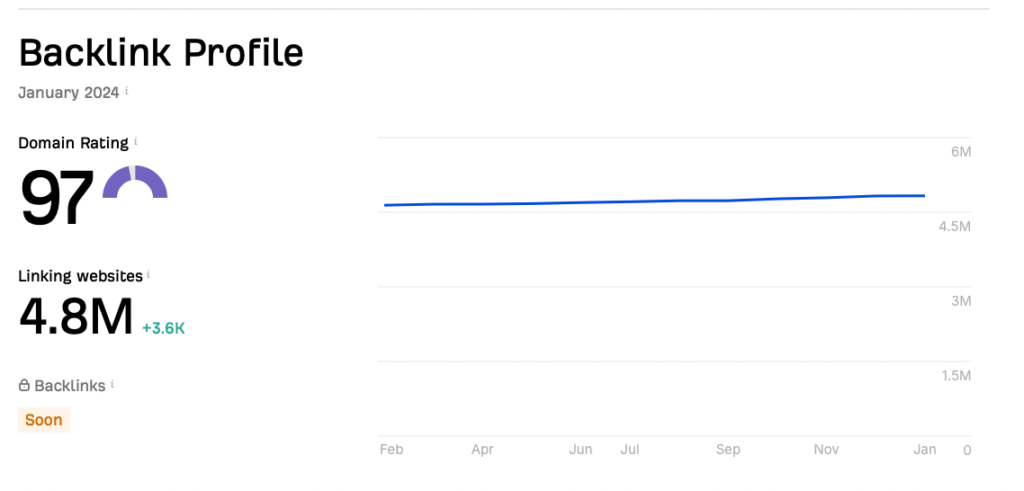
3. SEMrush: SEMrush’s backlink analytics tool provides an overview of your backlink profile, including the types of links (text, image, form, etc.), their distribution across domains, and the authority of linking domains. This helps in understanding the overall relevance and impact of your backlinks.
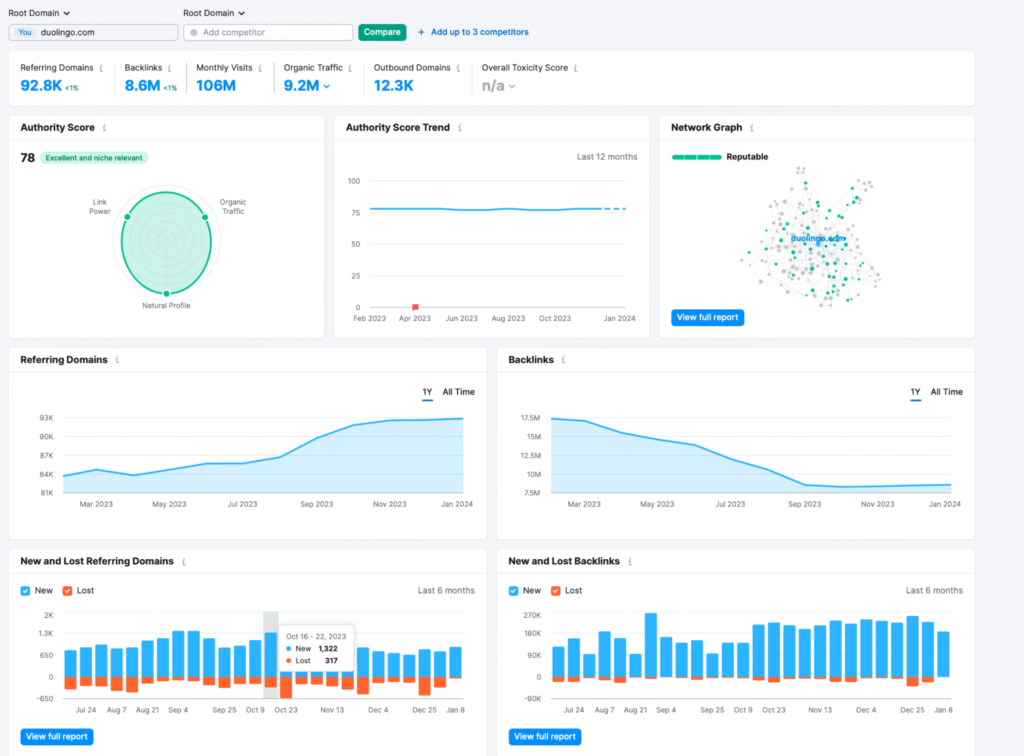
4. Moz Pro: Moz’s Link Explorer offers an in-depth look at your backlink profile, providing metrics like Domain Authority and Page Authority. These metrics help gauge the quality and relevance of your backlinks, allowing for better strategic decisions in link building.
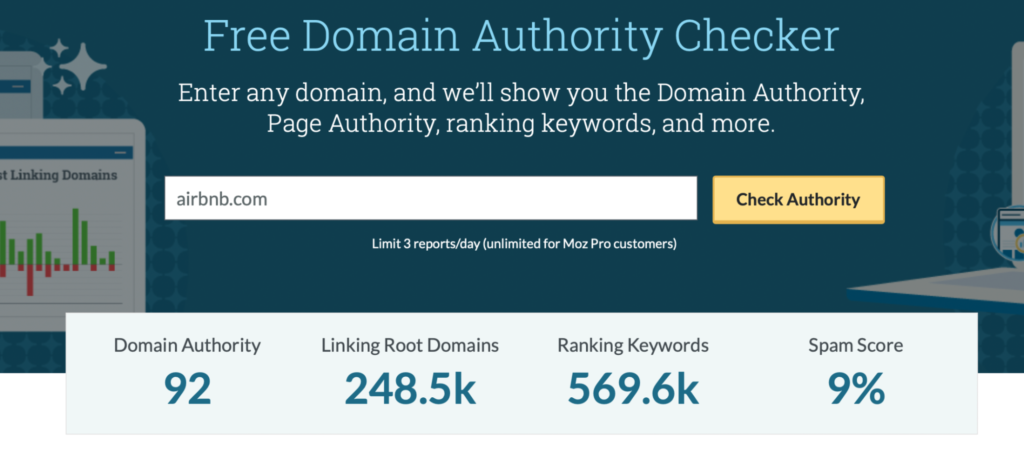
5. Google Search Console: While not as detailed as specialized tools, Google Search Console offers a basic view of your site’s backlinks. It can be used to identify and remove potentially harmful or irrelevant links that could impact your SEO negatively.
Boost your SEO results! Link building has become fast and easy with Serpzilla. Buy quality backlinks on authority websites with high DR.

Key Takeaways
- Understanding Link Relevance: It’s essential to acknowledge that not all backlinks carry the same weight. The significance of a link, influenced by the context of the linking content and the interconnection between domains, plays a crucial role in how search engines assess and rank your website.
- Significance in SEO: Link relevance has a direct impact on your search engine rankings. Relevant links are viewed as endorsements of your content’s quality and pertinence, ultimately enhancing your site’s visibility and credibility.
- Strategic Link Building: The emphasis should be on acquiring high-quality, relevant links that align with your content and resonate with your audience’s interests. This can be accomplished through various methods, including ensuring content alignment, using pertinent anchor texts, fostering relationships, and conducting regular link audits.
- Tools for Relevance Assessment: Employing tools such as Majestic SEO, Ahrefs, SEMrush, Moz Pro, and Google Search Console aids in consistently monitoring and evaluating the relevance of your backlinks. These tools offer valuable insights to inform your link-building strategies.
- Avoiding Common Pitfalls: It’s imperative to avoid typical mistakes, such as prioritizing quantity over quality or overlooking the relevance of internal links. Taking a proactive approach to link auditing and adopting a balanced approach to link building are essential in steering clear of these pitfalls.
- Anticipated Trends: With the continual evolution of SEO, the significance of link relevance is likely to grow. Staying informed about the latest trends and adjusting your strategies accordingly is crucial for maintaining a competitive edge.





